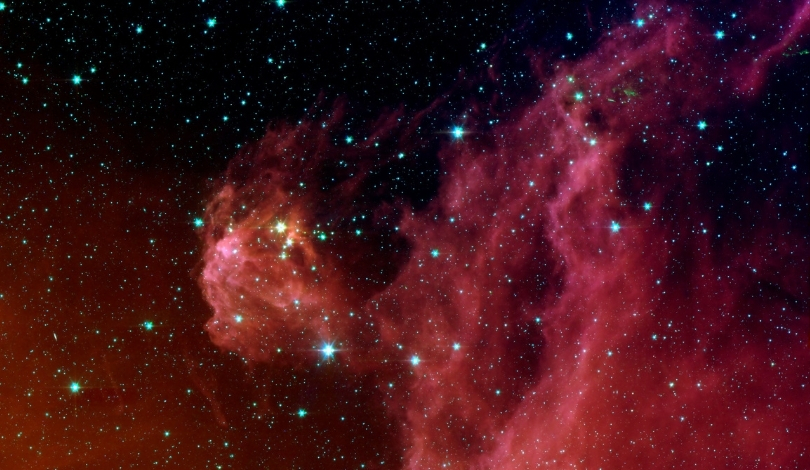A recent study has shed new light on Fast Radio Bursts (FRBs), one of the universe’s most enigmatic phenomena. These intense bursts of radio energy, lasting only milliseconds, have puzzled astronomers since their discovery in 2007. The latest research suggests a strong connection between FRBs and young neutron stars, offering a potential explanation for their extraordinary energy output and distant origins.
Earlier theories posited that FRBs might originate from a variety of cosmic events, including colliding neutron stars or black holes. However, this new finding narrows down the possibilities, providing a more focused direction for future research. The unprecedented brightness of the recently detected FRB, observable from a billion light-years away, underscores the significant energy involved in these cosmic events.
How Were the Recent FRBs Detected?
The Westerbork Synthesis Radio Telescope (WSRT), part of the European VLBI network, played a crucial role in identifying 24 new FRBs. Utilizing the Apertif Radio Transient System (ARTS), an experimental supercomputer designed specifically for FRB research, the team was able to analyze vast amounts of radio data. This technology enabled the precise detection and localization of these fleeting radio bursts, enhancing our understanding of their origins.
What Do the FRB Characteristics Reveal?
The shape and behavior of the detected FRBs closely resemble those generated by young neutron stars.
“We were able to study these bursts in an incredible level of detail. We find that their shape is very similar to what we see in young neutron stars. The way the radio flashes were produced, and then modified as they traveled through space over billions of years, also agrees with a neutron star origin, making the conclusion even stronger,”
stated Inés Pastor-Marazuela, lead researcher. This similarity strengthens the hypothesis that young neutron stars are the primary sources of FRBs.
What Are the Implications for Astrophysics?
Understanding that young neutron stars could be the source of FRBs opens new avenues in astrophysics. It allows scientists to better comprehend the extreme conditions and processes that occur in these stellar remnants. Additionally, this connection may help in mapping the distribution of neutron stars across the universe, contributing to our broader knowledge of cosmic evolution.
The association between FRBs and young neutron stars marks a significant advancement in the field. Unlike previous assumptions that entertained multiple potential sources, this discovery provides a more definitive link, simplifying the complex puzzle of FRBs. The enhanced detection capabilities of tools like the ARTS supercomputer are instrumental in these breakthroughs, paving the way for more detailed and frequent observations.
Future research will likely focus on monitoring neutron stars for FRB activity, utilizing advanced telescopes and computational systems. By systematically studying these celestial objects, astronomers aim to unravel the mysteries of FRBs, potentially leading to new insights into the fundamental workings of the universe. This ongoing exploration underscores the dynamic nature of astrophysical research and its capacity to evolve with technological advancements.










